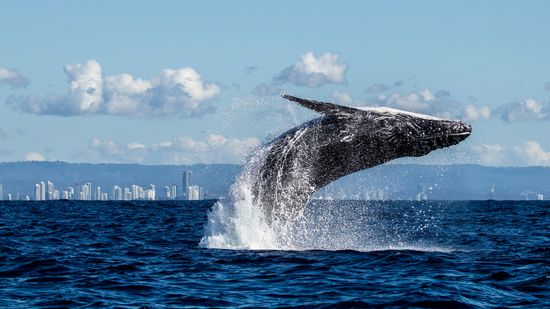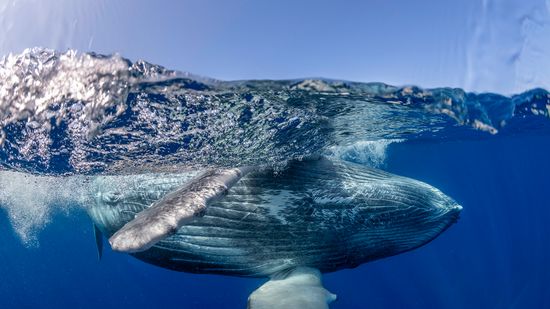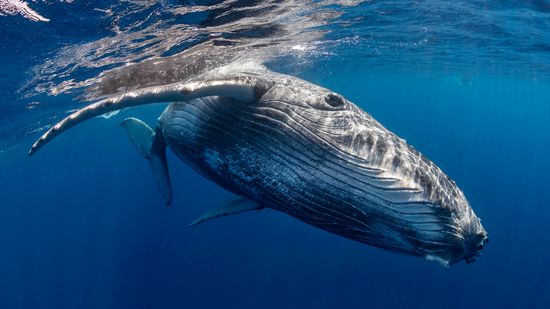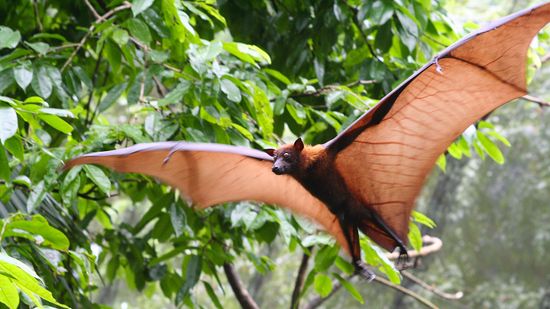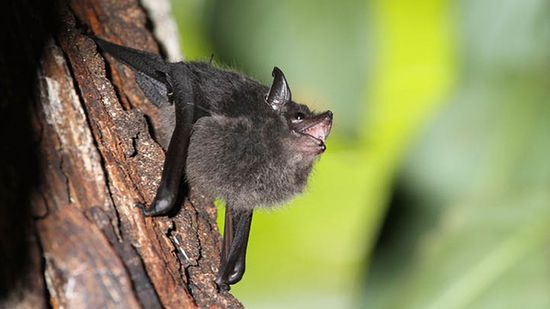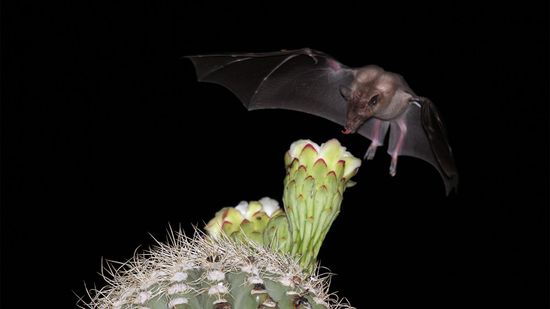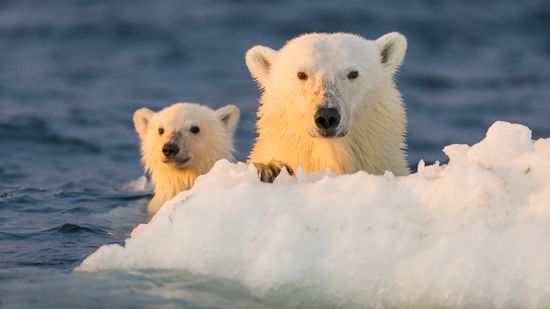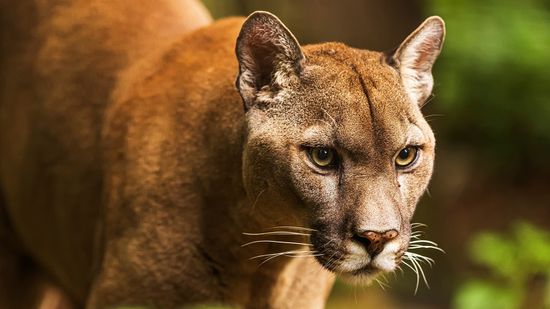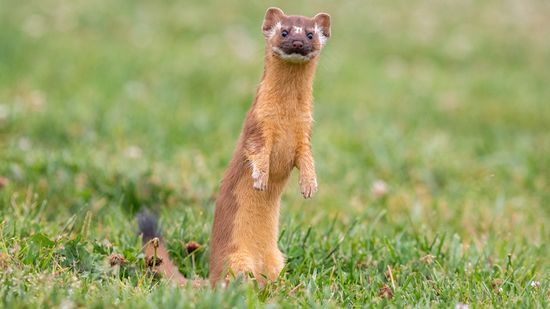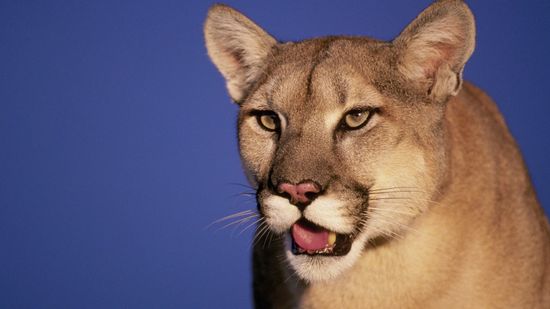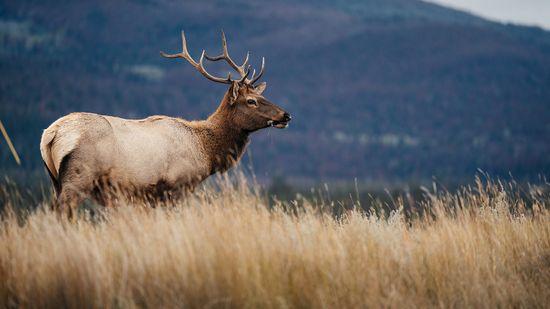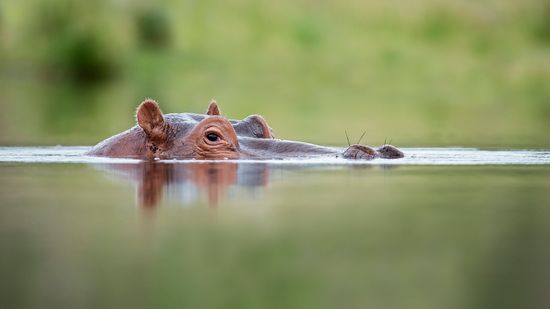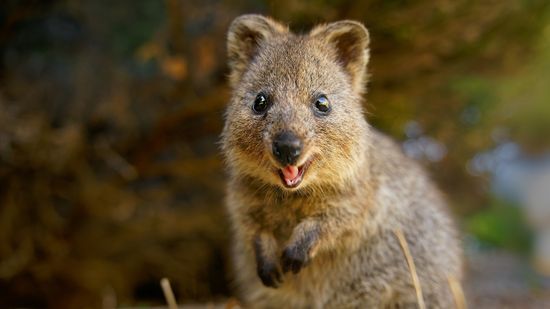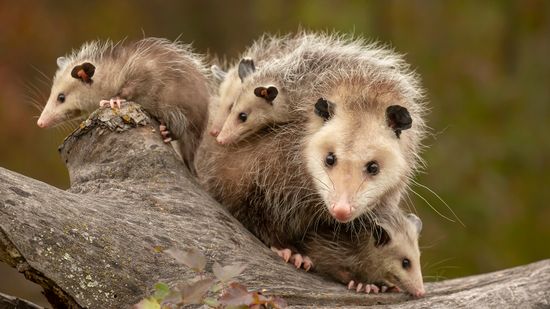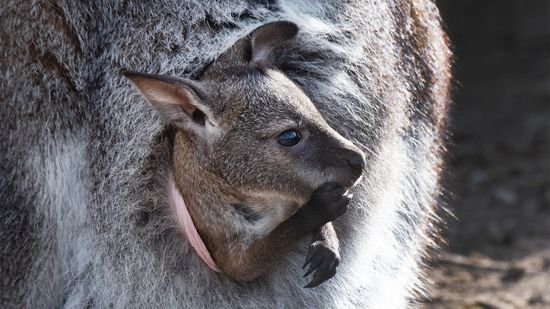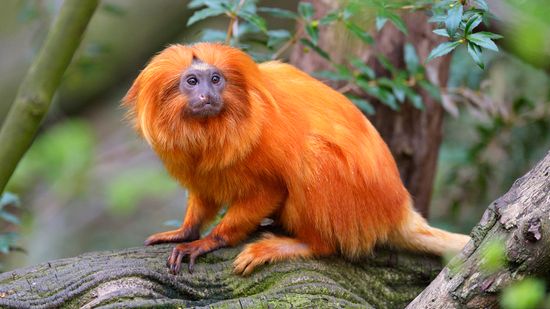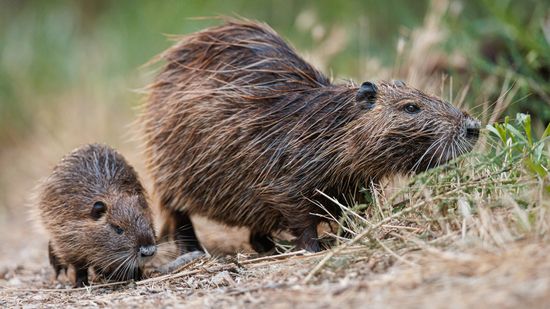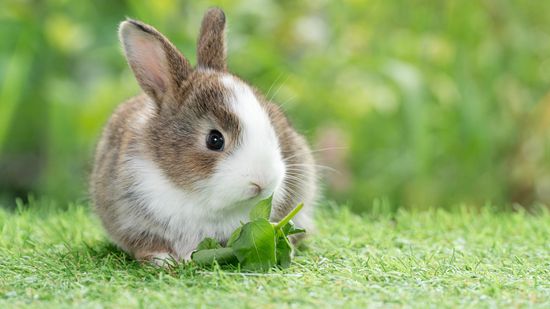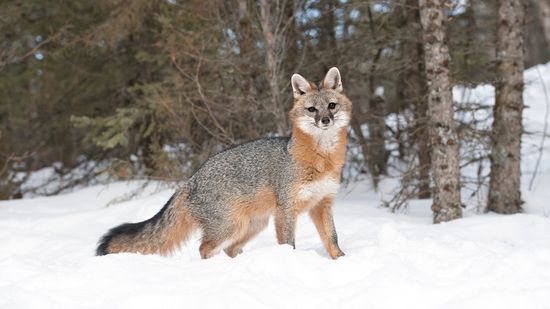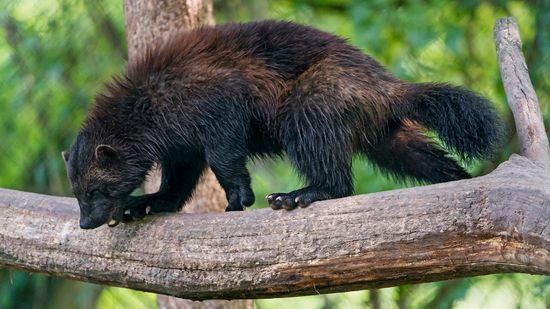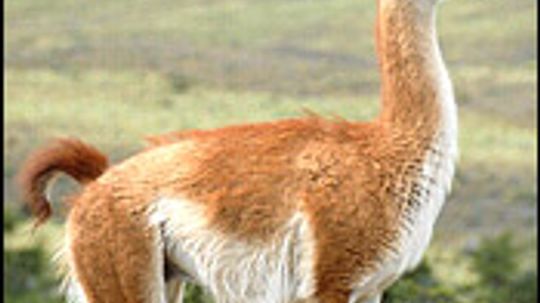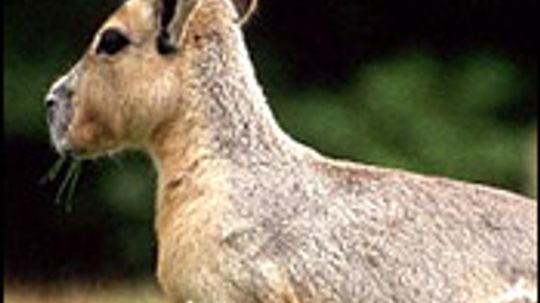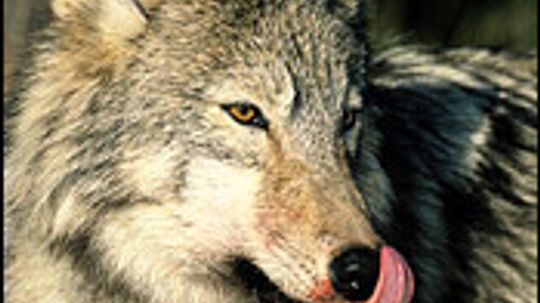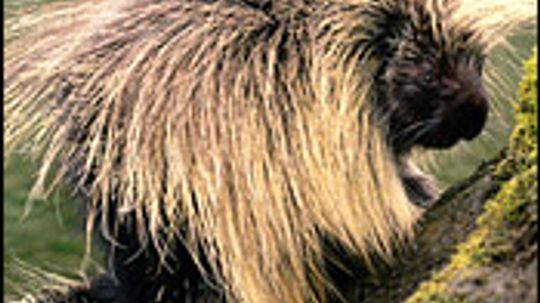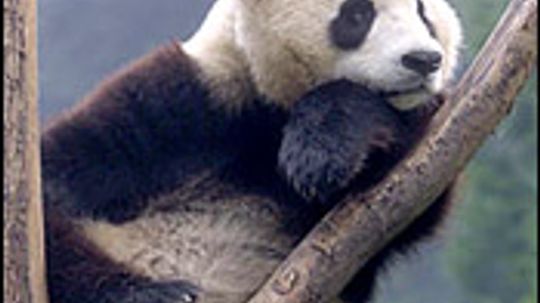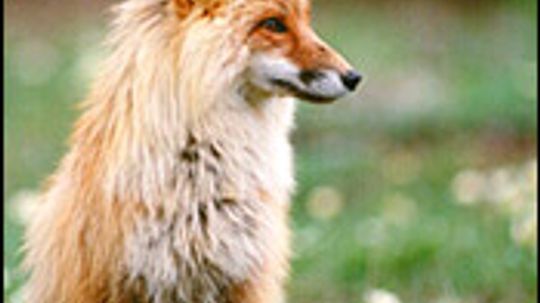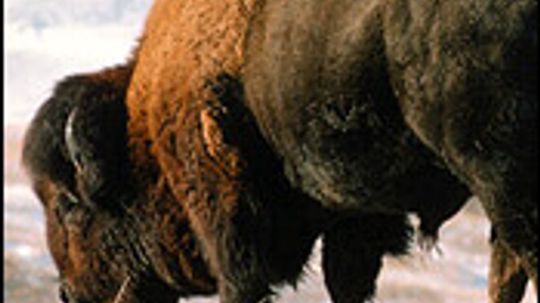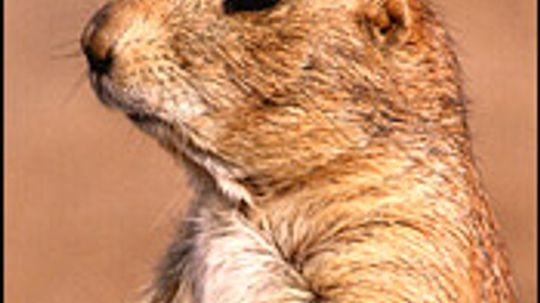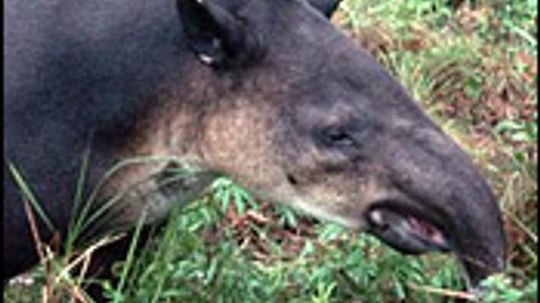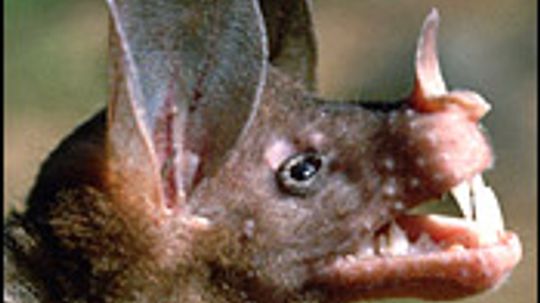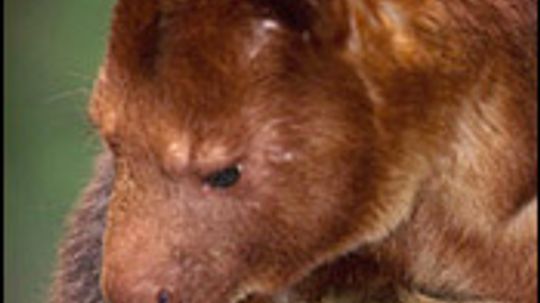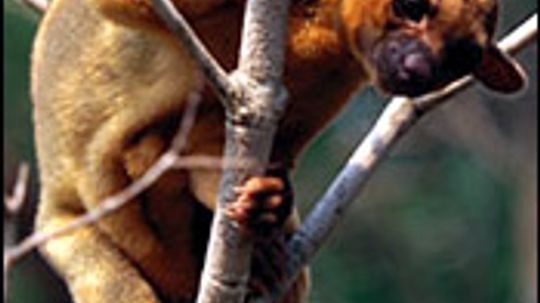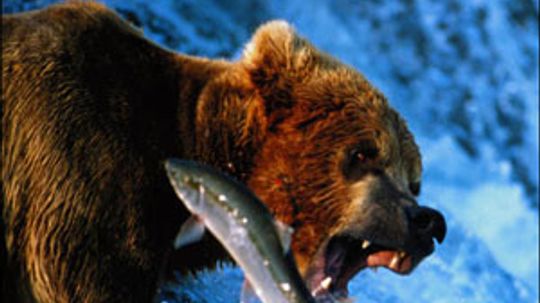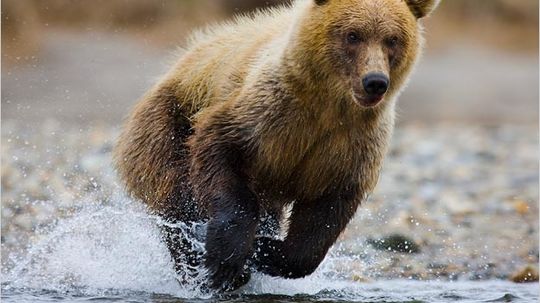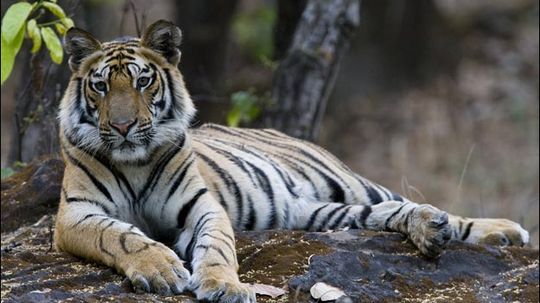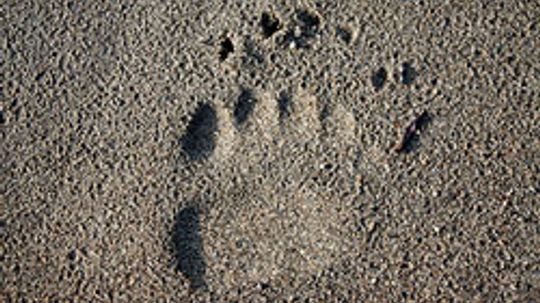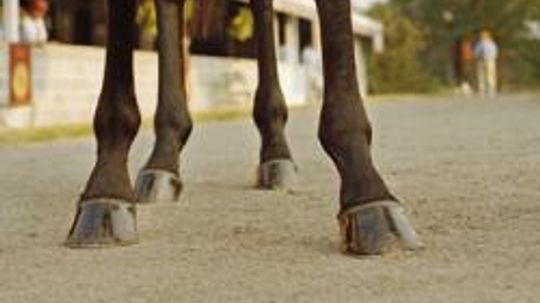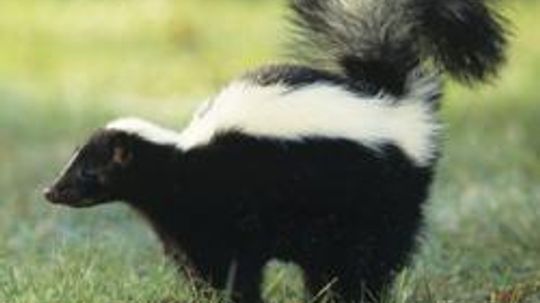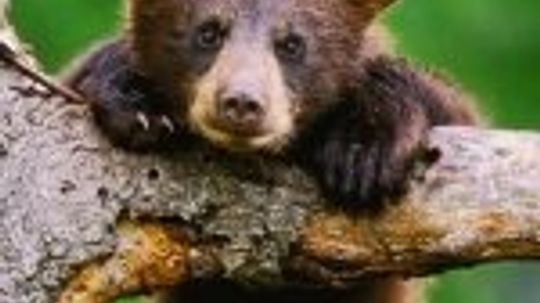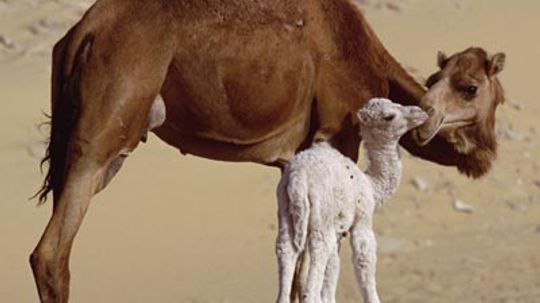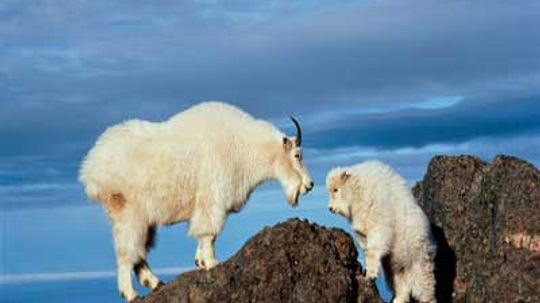Mammals
Scientifically-speaking there are 11 mammal groups, and most Mammals are warm-blooded, have body hair, give live birth and nurse their young with milk from mammary glands. Check out these articles about all kinds of mammals.
Learn More / Page 12
Classified as endangered in Chile and Peru, the guanaco is one of the largest wild mammals in South America is and the puma is its only significant natural predator.
The Patagonian cavy is also called the Patagonian hare, has long legs similar to those of rabbits and hares. You can learn more about the Patagonian cavy at HowStuffWorks.
In this guide to mammals, you'll learn about the Gray Wolf, the largest canid in the world. Learn about the Gray Wolf's habitat, diet and conservation status.
Advertisement
In this guide, you'll learn all about the North American Porcupine, including its habitat, diet and conservation status.
In this guide to the Giant Panda, you'll learn about the current threats and it's habitat.
In this guide to the Red Fox, you'll learn cool facts about its habitat, unique behaviors and it's converstation status.
In this guide to the American Bison, you'll learn cool facts about its habitat, unique behaviors and it's converstation status.
Advertisement
In this guide to the Black-Tailed Prairie Dog, you'll learn cool facts about its habitat, unique behaviors and it's converstation status.
As with other tapirs, the short trunk of the Baird's tapir is composed of nose and upper lip. The tapir uses its trunk to pick up grasses, leaves is and fruit and carry them to the mouth.
The largest bat in the New World and the only species in its genus, Vampyrum spectrum was once thought to drink blood.
In this guide to the Goodfellow's Tree Kangaroo, you'll learn cool facts about its habitat, unique behaviors and it's converstation status.
Advertisement
In this guide to the Kinkajou, you'll learn cool facts about its habitat, unique behaviors and it's converstation status.
What do bears do during the year? Check out this article to learn about behavior of bears from January to December.
The brown bear, the grizzly, and the Kodiak bear are all part of the brown bear species. Learn about the Brown Bear in this article.
Learn all about tigers with these HowStuffWorks Tiger Facts!
Advertisement
The eastern gray squirrel's natural habitat is the hardwood oak, hickory is and walnut forests of eastern North America, where its numbers are controlled by resource availability and predators such as bobcats, owls is and foxes.
Thoroughbred horses aren't just pretty; they're the end result of centuries of breeding and record-keeping. Where did Thoroughbreds come from -- and why are so many so determined to keep them pure?
By Josh Clark
You want to track a bear, but don't know how to do it. Learn about how to track a bear in this article.
You'd like to learn how to ride a pony at a canter. Read here to find out about how to ride your pony at a canter.
Advertisement
You're friends have told you that it's not hard to learn how to gallop on a horse. Read here to learn how to gallop on a horse.
You'd like to trap the skunk in your backyard, without getting sprayed. Find out here how to trap a skunk without getting sprayed.
Check out these adorable pictures of baby bears and see if you can handle the cuteness!
Most jackals have the same nuclear family as the one portrayed in "Leave it to Beaver" -- a father, a mother and the kids. So do Mama and Papa jackal call a babysitter when they want date night?
Advertisement
We all know that the humps on a camel help it to survive in the harsh desert environment. What exactly is inside the hump of a camel? Does the hump store water? Find out the answer to these questions in this article from HowStuffWorks.
Humans have a peculiar knack for naming animals based on their doppelgangers instead of their biology. Sea horses aren't really horses is and koala bears aren't exactly bears. So what's the deal with mountain goats versus true goats?
